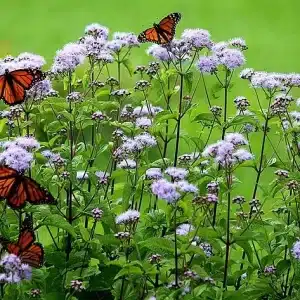
Baptisia australis – Blue Wild Indigo is a hardy native perennial with vivid indigo-blue flowers and blue-green foliage. Perfect for sunny borders, meadows, or pollinator gardens, it thrives in well-drained soils, attracts wildlife, and requires minimal care.
$12.99 – $108.99
Please note: Sizes 1.5 Gallon and up can’t be shipped outside the counties of Nassau, Suffolk, and Queens.
Learn more about how the process works and how our plants are delivered.
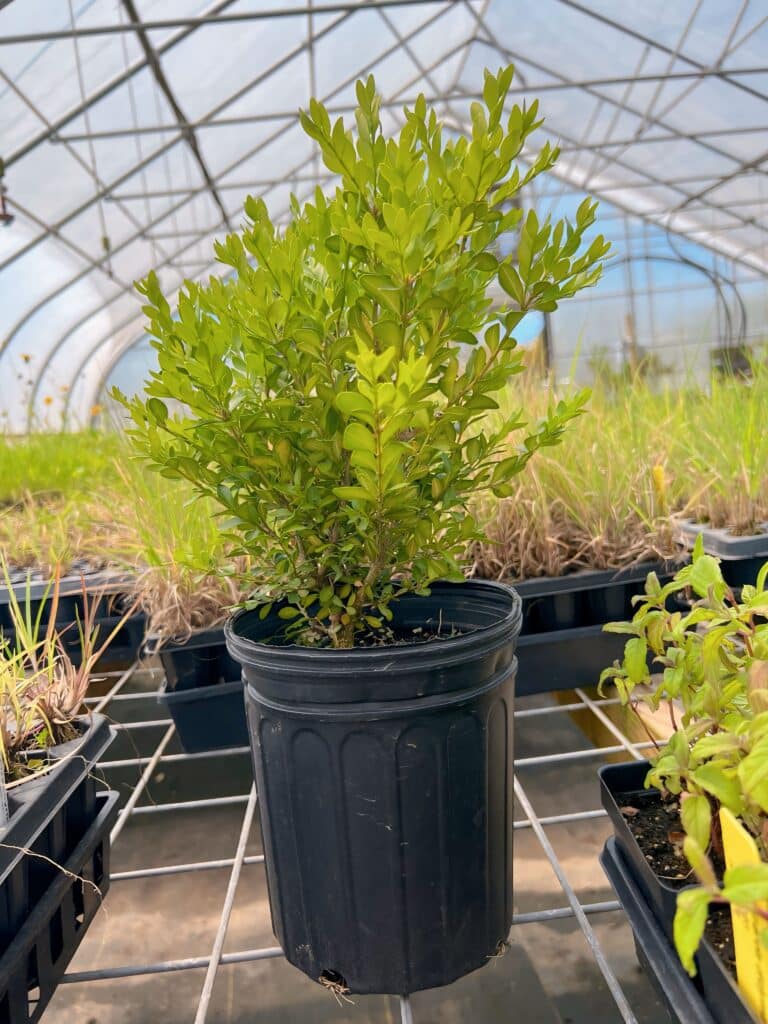
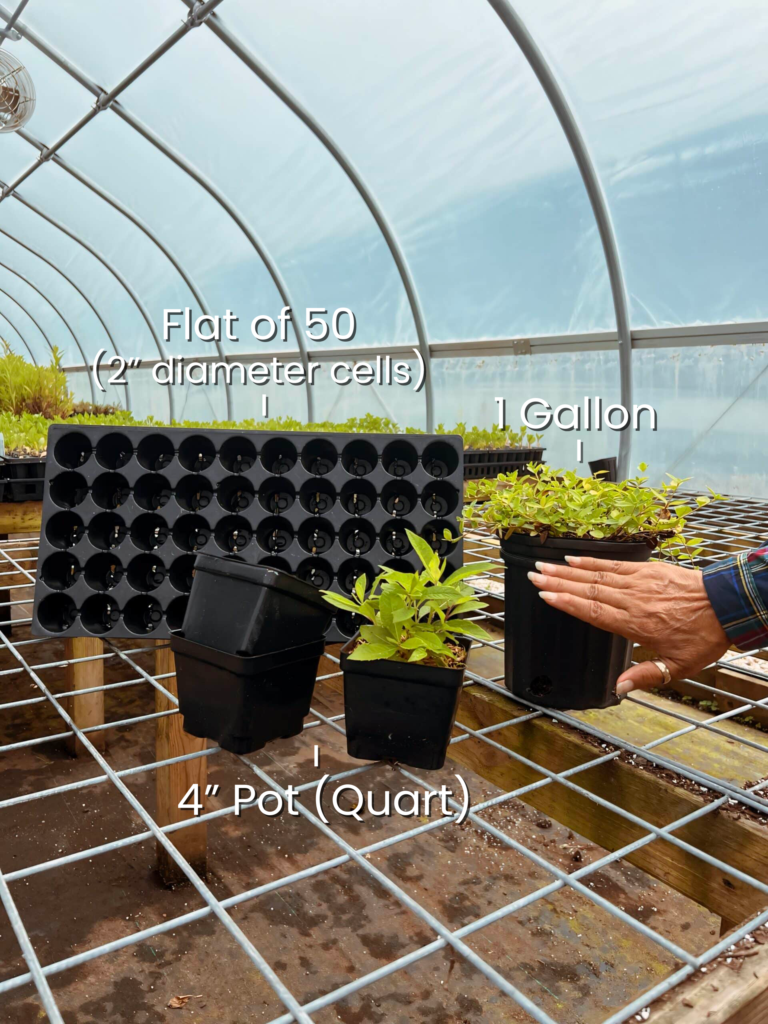
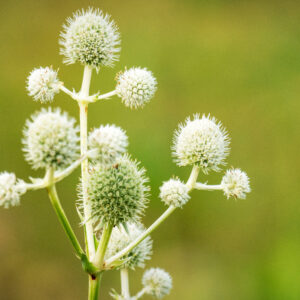
Bring bold color, structure, and effortless beauty to your garden with Baptisia australis, commonly known as Blue False Indigo. This striking native perennial features tall, upright stems adorned with clusters of vibrant, pea-like, indigo-blue flowers that bloom in late spring to early summer. Its lush, blue-green foliage creates a dense, bushy habit that provides texture and interest throughout the growing season. By late summer, the flowers give way to ornamental seedpods that add visual appeal and are often used in dried arrangements. Blue False Indigo is drought-tolerant, long-lived, and thrives in sunny, well-drained locations, making it an excellent choice for borders, meadows, or pollinator gardens.
Blue Wild Indigo is perfect for adding height, structure, and bold color to sunny borders, cottage gardens, or naturalized plantings. Pair it with other early bloomers like Bearded Iris, Peonies, or Wild Columbine for a dynamic spring display. Its upright growth habit also makes it a fantastic backdrop for shorter perennials, and its seedpods bring added interest to fall arrangements. For prairie or meadow plantings, combine it with native grasses and other pollinator-friendly plants like Coneflowers or Black-eyed Susans for a vibrant, biodiverse landscape.
Baptisia australis supports pollinators, providing nectar for bees and butterflies during its bloom period. Its deep root system improves soil health, prevents erosion, and makes it a sustainable choice for eco-friendly and drought-tolerant gardens.
Transform your garden with the bold beauty and ecological value of Baptisia australis – Blue Wild Indigo. This resilient native perennial brings vibrant color, texture, and wildlife activity to your outdoor space.
/5
Total reviews
|
|
Persons recommended this product
Anonymous
Shopper
check_circle Verified
Shop owner replied
Was this helpful
Anonymous
Shopper
check_circle Verified
Shop owner replied
Was this helpful
Your feedback helps us improve our service.
There are no reviews yet.
Be the first to review “ ”
Please log in to submit a review.
Only logged in customers who have purchased this product may leave a review
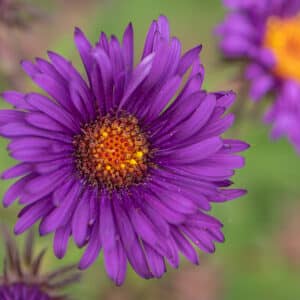
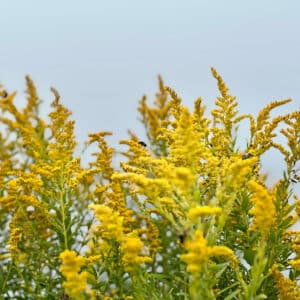
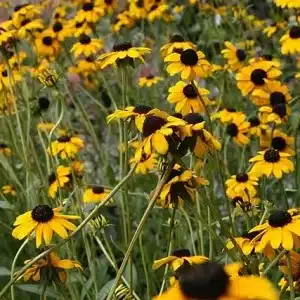
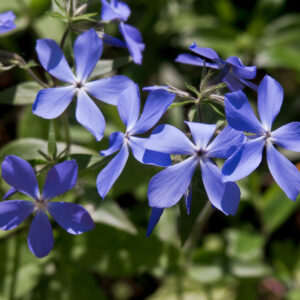
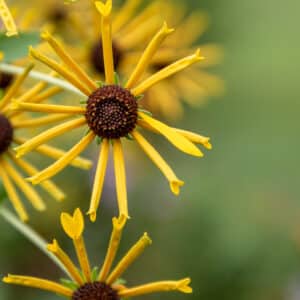
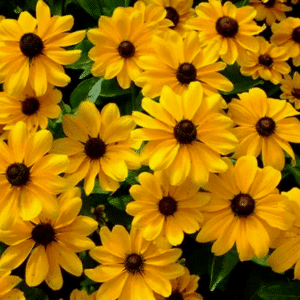
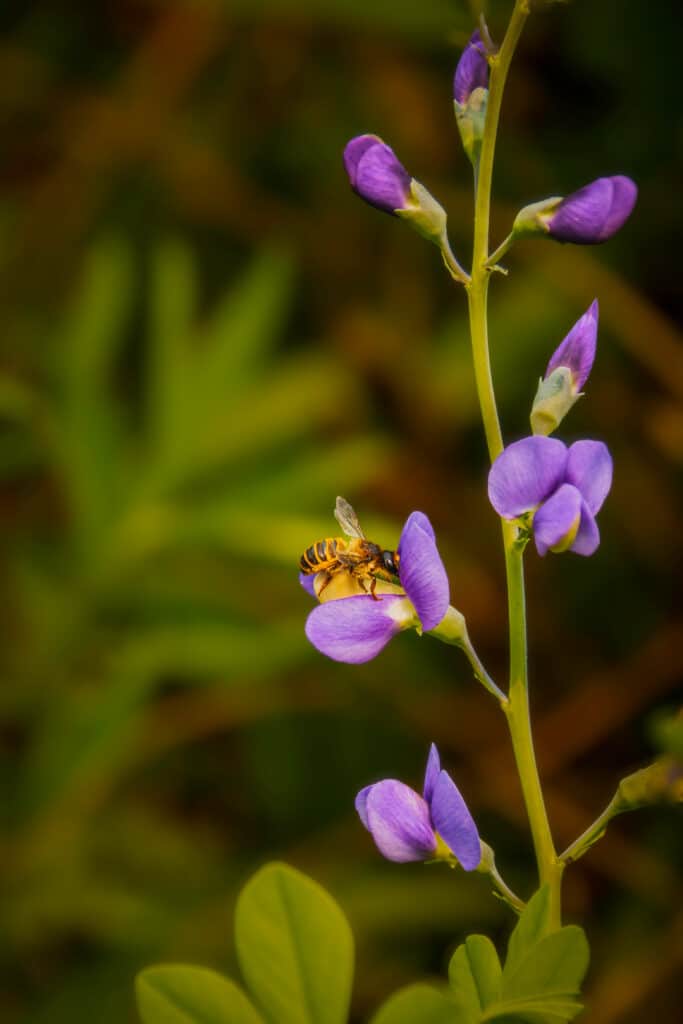
Blue Wild Indigo thrives in full sun but can tolerate light shade. It prefers well-draining soil and is very drought-tolerant once established. It does well in a range of soil types, including poor, rocky soils, making it a hardy, low-maintenance native plant for many landscapes.
At maturity, Blue Wild Indigo typically reaches 3–4 feet tall and 3–4 feet wide. It forms a bushy, upright clump with attractive gray-green foliage and long spires of deep blue to violet pea-like flowers in late spring to early summer.
Blue Wild Indigo typically blooms from late spring into early summer, usually May to June. After flowering, it produces striking, inflated seed pods that turn black in late summer and add ornamental interest to the garden.
Yes, Baptisia australis is deer-resistant. Its tough stems and bitter foliage make it unappealing to deer and rabbits. It’s a reliable option for gardens where browsing pressure is a concern.
Blue Wild Indigo can be slow to establish, sometimes taking 2–3 years to fully mature and reach its best form. However, once established, it’s extremely long-lived, drought-tolerant, and virtually maintenance-free, making it well worth the wait.
Our gift cards make it easy to share the beauty of plants, flowers, and all things green. Whether for a special occasion or just because, give the gift of choice and let them select their favorites to create a garden they’ll cherish.
BUYING HIGH QUALITY PLANTS HAS NEVER BEEN EASIER
Our plants are easy to order, plant, and enjoy! Bringing pollinators to your property improves vegetable yields – Feed the bees!
Sign up for our email list!
Copyright © 2025 Bumbee’s | Web design and SEO by Searles Graphics